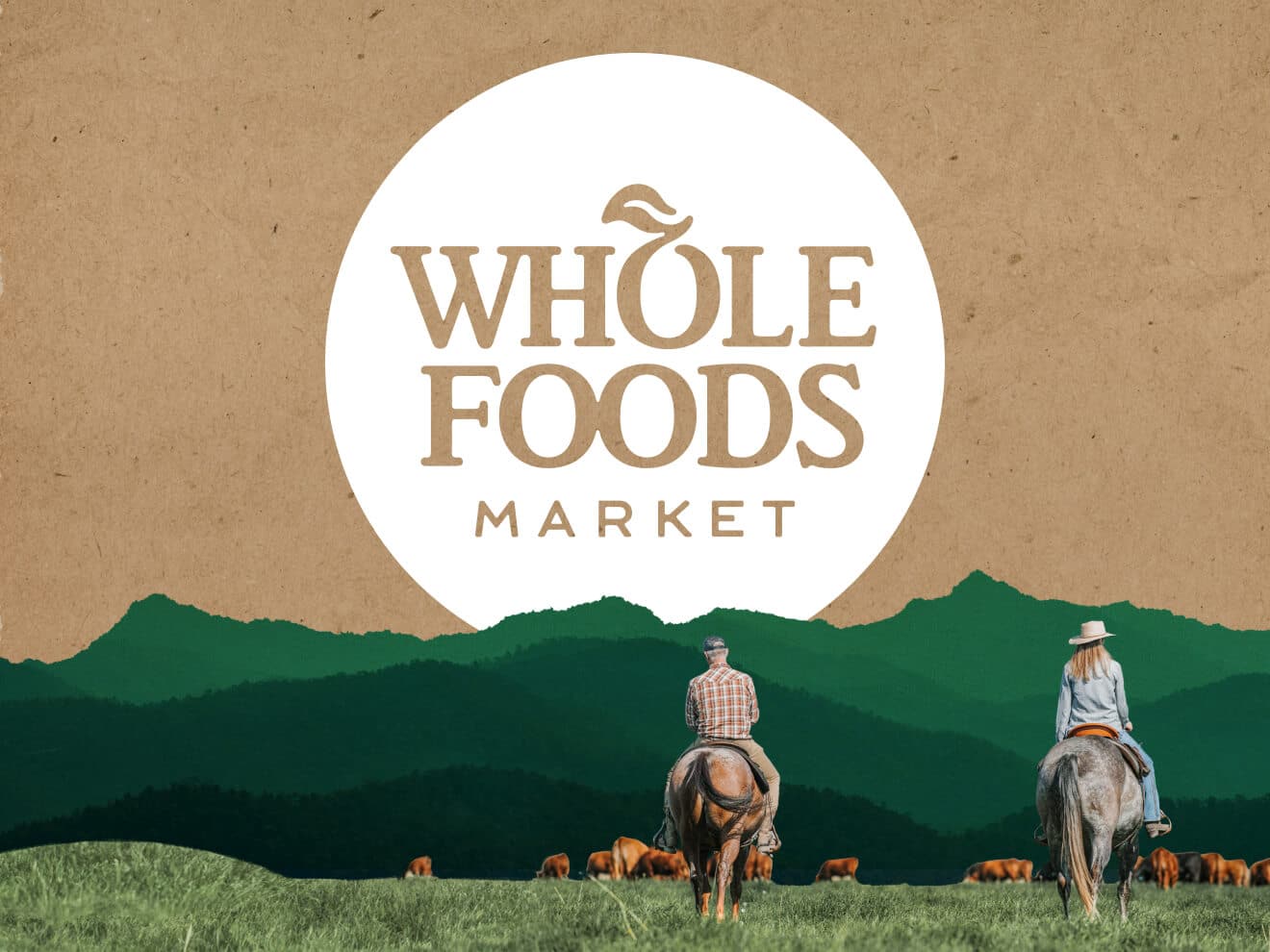Key Takeaways
- Whole Foods Market released its second annual Impact Report, detailing the company’s efforts in waste reduction, climate-smart agriculture, team member empowerment, product sourcing, and community support.
- The company kept nearly 70% of store and operational waste out of landfills and maintained high recycling and organic diversion programs.
- The company reached over 41,000 organic products and 154 certified regenerative products across its stores.
- The company donated over 28 million meals and awarded significant funds to local suppliers and community projects.
- The company continues to invest in sustainable initiatives, guided by its 10-year vision, “Growing with Purpose.”
Whole Foods Market has published its second annual Impact Report, offering a comprehensive look at the company’s initiatives to reduce waste, support climate-smart agriculture, empower team members, source products thoughtfully, and strengthen community ties. The report highlights significant achievements and ongoing efforts to nourish people and the planet.
Commitment to Environmental Sustainability
With a strong focus on sustainability, Whole Foods Market kept nearly 70% of its store and operational waste out of landfills in 2023. The company maintained recycling programs in 99% of its stores and organic diversion programs, such as composting, in nearly 85% of its locations. Additionally, Whole Foods Market has expanded its range of organic products to over 41,000 and certified regenerative products to 154 across its stores.
“Agriculture sits squarely at the intersection of people and the environment, and the past year has only reinforced my fervent belief that it can be a positive force for good,” said Caitlin Leibert, Vice President of Sustainability at Whole Foods Market. The company’s efforts aim to push the industry toward a more sustainable future.
Empowering Team Members and Supporting Communities
Whole Foods Market has also made significant investments in its team members and communities. In 2023, nearly 1,800 team members graduated from career development programs, and over 8,700 were promoted. The company awarded more than $1 million to local suppliers through the Local Producer Loan Program and inducted 10 participants into its Local and Emerging Accelerator Program (LEAP) Early Growth cohort.
“We continue to hold ourselves to the highest standards in the industry when it comes to the quality of our products, reducing our environmental impact, supporting our communities, and investing in our team members,” said Jason Buechel, CEO of Whole Foods Market. The company donated more than 28 million meals to nearly 1,000 unique food rescue and distribution programs.
Product Sourcing and Community Initiatives
Whole Foods Market maintained its high standards by banning over 550 ingredients across its food, beverages, supplements, body care, and household cleaning products. The company paid more than $9 million in premium funds to Sourced for Good suppliers, supporting various community-benefiting projects. Additionally, the Whole Planet Foundation funded over 26,600 microloans across 37 countries, and the Whole Cities Foundation awarded 64 Community First grants to community-led organizations.
Growing with Purpose
Whole Foods Market’s initiatives are part of its “Growing with Purpose” vision, a 10-year plan to guide the company’s future. This vision underscores the company’s commitment to sustainability and positive impact. With nearly 100,000 team members across 536 stores in the United States, United Kingdom, and Canada, Whole Foods Market continues to expand, adding eight new stores in 2023.
“Agriculture sits squarely at the intersection of people and the environment, and the past year has only reinforced my fervent belief that it can be a positive force for good,” said Caitlin Leibert, Vice President of Sustainability at Whole Foods Market. “Every day I see and appreciate the effort of all Whole Foods Market stakeholders, from our team members to suppliers, to keep moving the needle forward and pushing the industry toward a more sustainable future.”
For more detailed information on Whole Foods Market’s impact, view the latest Impact Report or visit their website.


